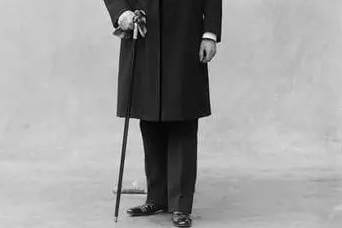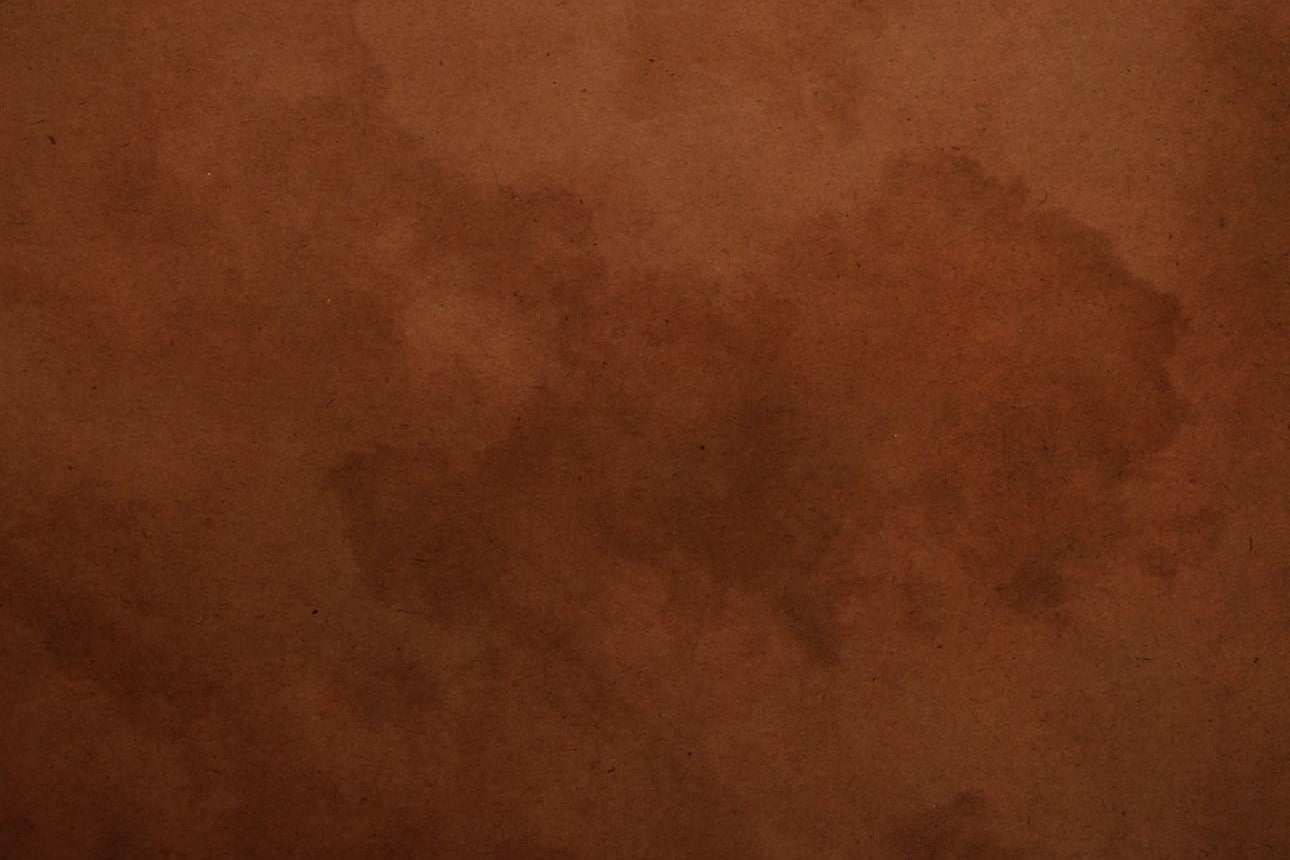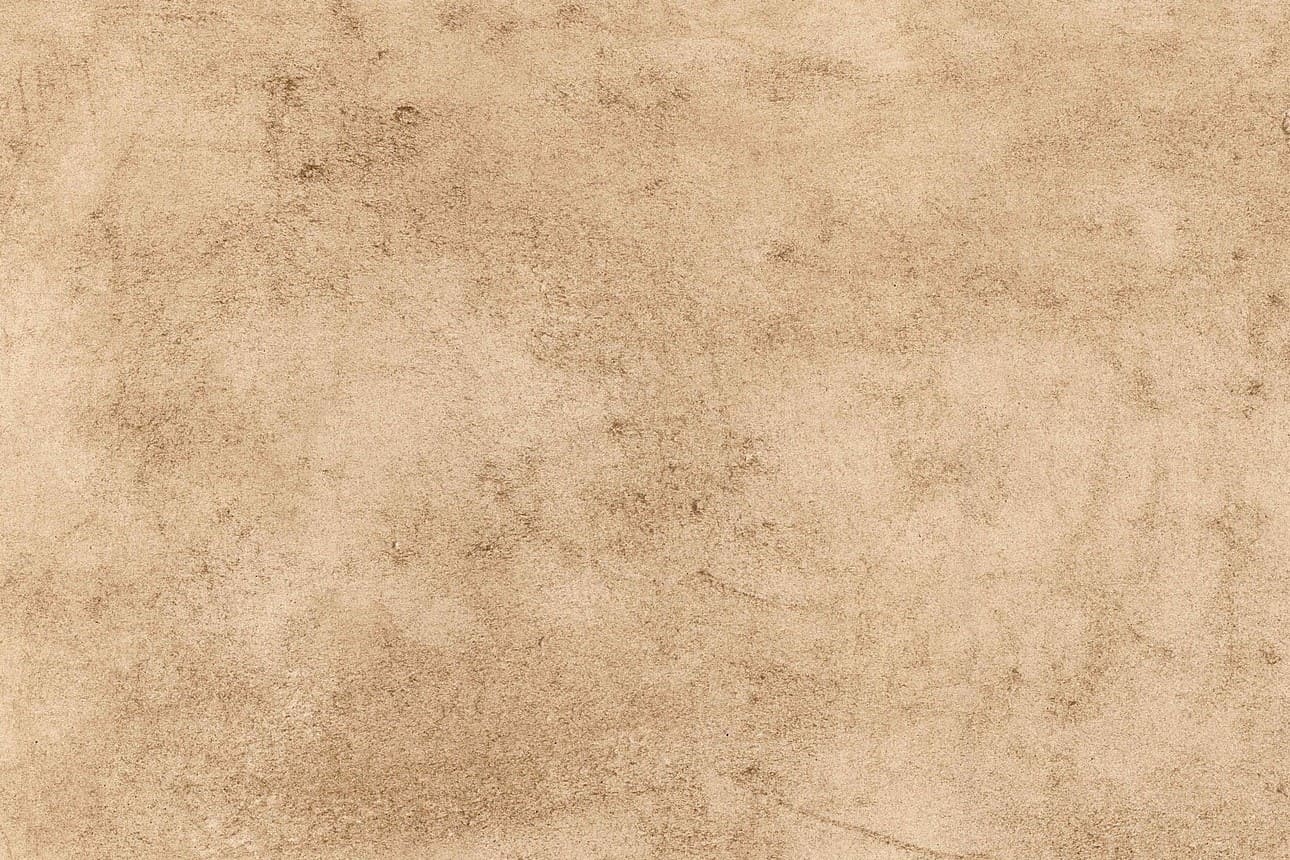antique walking stick
Posted by WATANABETAIGA

What is a walking stick?
Nowadays, when we hear the word "walking stick," we tend to think of it as a nursing care item used to assist with walking.
However, it was once an essential item in gentlemen's fashion not only in medieval Europe but also in Meiji-era Japan.
Walking sticks of that time featured a variety of elaborate handle designs and decorations, and were more intended as accessories than for practical use.
In the late 18th and 19th centuries in England, the walking stick was a symbolic item of the English gentleman.
Even today, the image of a tuxedo, top hat and cane as the classic fashion style of a British gentleman remains strong.
History of the walking stick
There are many English words for walking sticks, including cane, wand, staff, rod, pole, mace, and septer, but the name changes depending on the length and use (walking aid, farm tool, weapon, symbol of authority, etc.).
"Cane" is a Japanese-English word that is a corrupted form of the English word "stick," and refers to a walking stick used both as a fashion accessory and to assist with walking.
STICK can also simply mean a stick, so it is often expressed as a "WALKING STICK" to clarify the meaning of a walking stick.
Walking sticks were originally used as practical items such as farm tools, weapons, and walking aids.
Various types of staff began to appear in paintings of gods in ancient Egypt, ancient Greece, and ancient Rome, and they came to be regarded as sacred and symbols of authority, being fashioned from sacred trees.
In Europe, the staff took on a stronger ceremonial significance, with kings using it in national ceremonies as a symbol of authority and clergy carrying it as a symbol of their rank.
Gradually, it spread to be used as an ornament not only for kings but also for the nobility, and pieces with a variety of decorations began to be used.
For kings and nobles, carrying a cane that was not intended to assist with walking became a symbol of authority, asserting that "you can live without inconvenience even if one hand is occupied."
In the 18th century, when the Industrial Revolution was bringing great development to the British gentlemen, walking sticks became very popular as a fashion item, and along with hats, ties, and gloves, they became a symbol of "well-groomed dress."
As the 20th century began, practical fashion became more popular, and the custom of carrying a walking stick gradually disappeared as the automobile became a more important symbol of status for men.
Parts of the walking stick
1. Handle This is the part of the walking stick that you hold. It is also called the grip. They come in a variety of shapes, materials, and designs.
2. Collar: This is the metal fitting that connects the handle and the shaft. It is also called the center ring. Some are engraved with the owner's initials or a message.
3. Shaft This is the support part of the walking stick. Various types of wood are used.
4. Ferrule This is the part that reinforces the part that touches the ground. It is also called the ferrule. It is made from metal or buffalo horn. It is a consumable item as it is easily damaged. Many antique walking sticks have been replaced during their life.
Various walking sticks
1. Type of handle (grip)

A. Crooked handle A round handle shaped like an umbrella handle. It is also called a round or curved handle.
B. Clutch handle The grip is T-shaped, and you hold it with the longer end facing you. The type with the longer end bent downwards is also called a derby handle.
C. Rondelle handle This type has a round, knob-like protrusion on the handle. It is also called a knob handle, a grip ball, or a daikoku handle.
D. Animal Head Handle The handle has a bird or animal head carved into it. This design is often seen on high-end walking sticks.
2. Handle material

A. Silver. British items are often made of sterling silver (92.5% purity). Many of them have beautiful silver engravings.
B. Wood
Available in types made of the same material as the shaft and types made of a different material.
C. Animal horns, fangs, etc.
These types are made from buffalo, deer antlers, ivory, etc.
D.Other
They come in natural stones such as tiger's eye, mother-of-pearl, copper, brass, etc.
3. Shaft material


A. Ebony
A tree native to Southeast Asia that is also famous as a material for luxury furniture.
It is a deep black color and a very hard material.
There are also ebonized finishes, where other woods are stained black like ebony.
B. Rosewood
It is a high-quality wood on par with ebony.
Fresh wood is also known as rosewood because it has a rose-like scent.
The material is hard and the color varies from light brown to purple.
C. Bamboo
There are also many walking sticks in Europe that are made from Asian bamboo.
It was light, durable, and had an Orientalist feel to it, which made it popular.
D. Malacca Wisteria
This tree grows natively in the tropical regions of Malaysia and Indonesia.
It has knots similar to bamboo, but only the pieces with long spaces between the nodes are cut and used for walking sticks.
It is very light and has moderate flexibility.
summary
Most antique walking sticks were not made as modern-day medical devices to assist with walking, and are not strong enough for such use.
However, there are many beautiful walking sticks with various designs that were born out of the desire of gentlemen at the time to use something that was slightly different from others, and they are beautiful to look at.
Of course, it can still be used as a fashion item if paired with a classic outfit.












